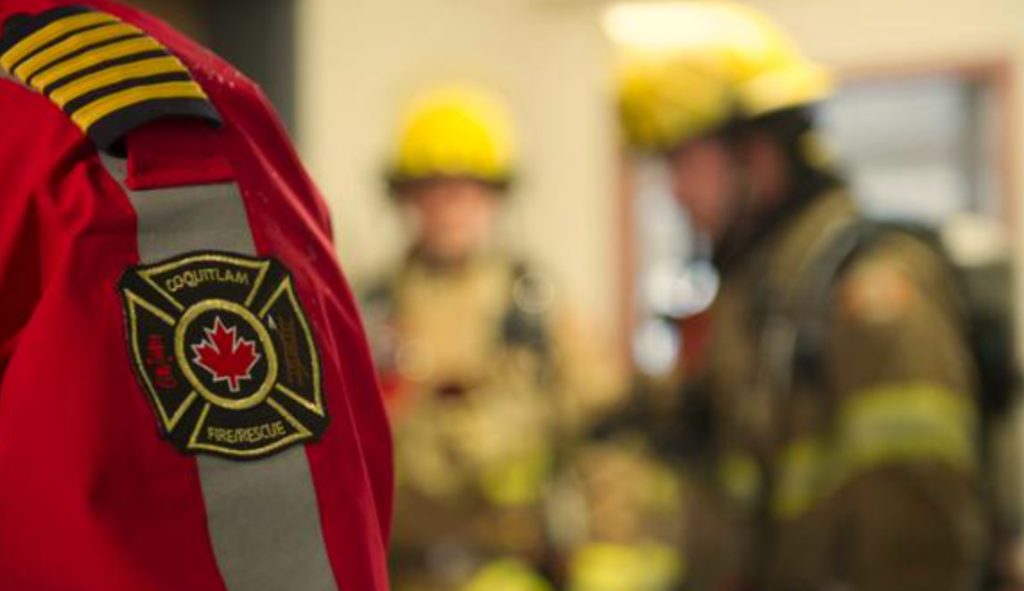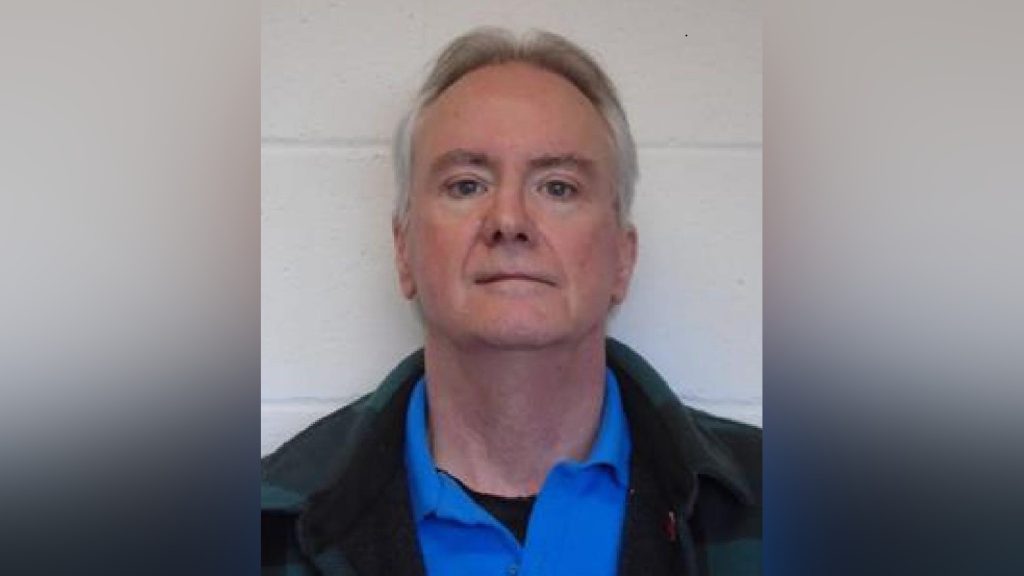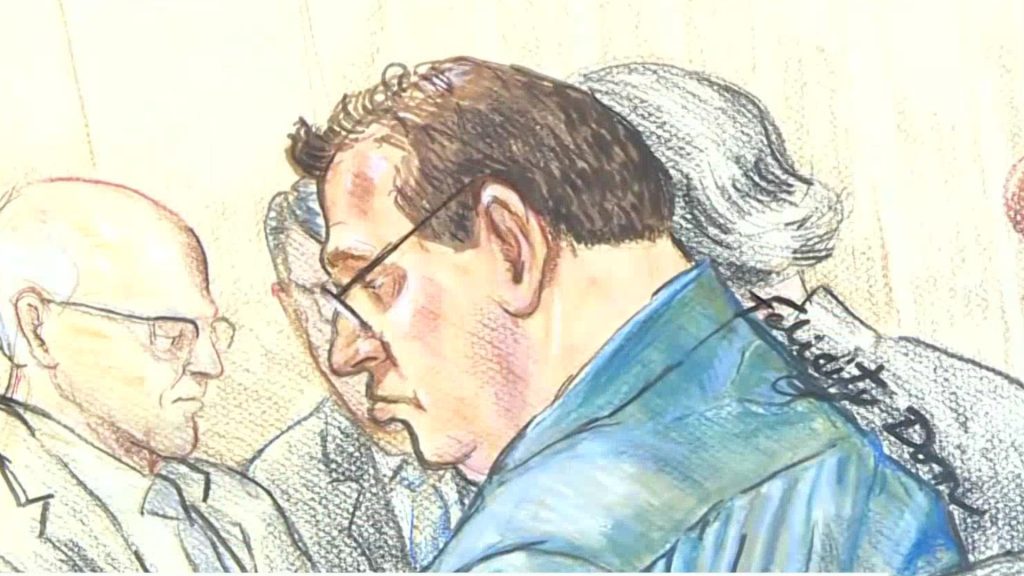Metro Vancouver “stroads” bad for commuters and business
Posted March 12, 2014 9:05 am.
This article is more than 5 years old.
VANCOUVER (NEWS1130) – They’re not streets and they’re not roads.
Call them “stroads”, frustrating for everyone who uses them and bad for local economies.
“They’re the futon of transportation alternatives, it doesn’t do anything well,” chuckles Gordon Price, an urban planner with Simon Fraser University’s City Program.
The term was coined by Minnesota-based traffic engineer Charles Marohn and Price says while a futon is an uncomfortable couch and an uncomfortable bed, stroads are too slow to get around efficiently and too fast to make them a pleasant place to be.
“Remember the best definition of a road is a place that leads somewhere but a street is somewhere. If you are a Vancouverite, think about the difference between Great Northern Way as a road versus Commercial Drive as a street,” Price tells News1130.
A stroad is a hybrid of the two, a term for four- and six-lane thoroughfares that are designed for speed but also lined with retail and residential developments. Kingsway, King George Boulevard and even parts of Granville Street are prime examples around Metro Vancouver.
“Traffic engineers want to design streets so that they are safe and so that you can drive at the posted speed limit, at least a minimum of 50 km/h, and at the same time you have things like residential driveways and access to parking and businesses. You’ve got two things that don’t go well together and in many cases we really have ended up with the worst of both.”
Price and other urban planners argue they are unsafe, expensive to build and financially unproductive.
“You lose an immense amount of economic development and property taxes, not mention just the pleasure people have by being on a street,” he tells News1130.
“It’s not to say you can get by without roads, people do need to be able to cross the region and the ultimate expression of that is a freeway. But when you try to make something that should work better as a street, particularly to get the economic value from it, you really have to accept that the traffic is going to go slower or be congested.” Price says congestion in the context of a street is what makes it an interesting destination, a place with a high degree of economic activity.
Since Vancouver doesn’t have a freeway system, the city has had to use arterial roads such as East First Avenue to move traffic, designating routes as part of its “major road network.”
“That means it’s all the more important when you have the opportunity to do ‘streets’ that you don’t sacrifice the qualities that make them good places just so you can move traffic,” he adds.
Price points to Vancouver’s old street car routes — Robson, Denman, Davie, Commercial Drive and Fourth Avenue — as good examples of destination streets, well-served by transit and with lots of on-street parking.










